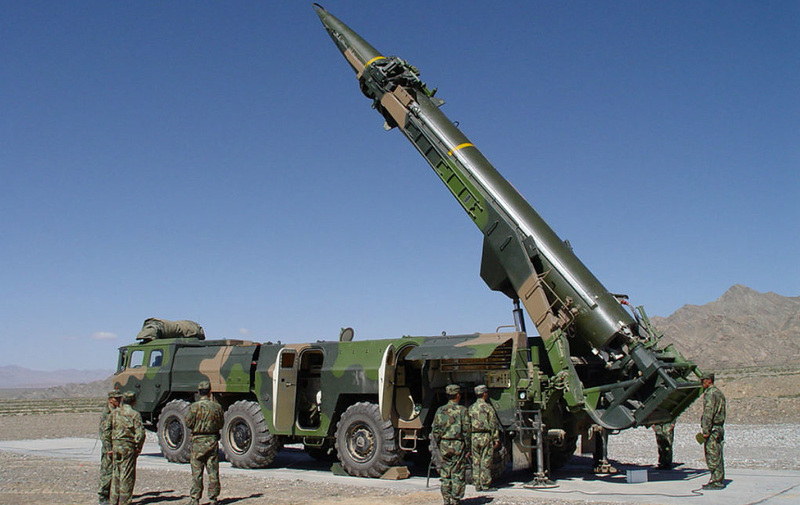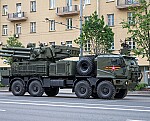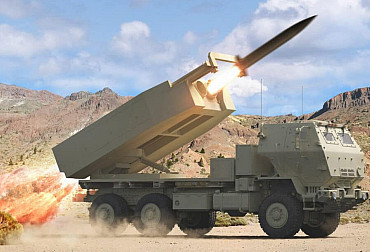Are Chinese anti-ship ballistic missiles really not a threat?
Ansar Allah, the Yemeni terrorist movement backed by theocratic regime in Iran, started a campaign in the Red Sea to support Hamas in war with the State of Israel. Ansar Allah has successfully hit ship in the Red Sea with various types of missiles and drones, including anti-ship ballistic missiles. This, on the other hand, raises questions about much more advanced Chinese anti- ship ballistic missiles that could be used in a potential war against the United States.

According to the U.S. Central Command, Ansar Allah struck a civilian bulker on 6 February with six anti-ship ballistic missiles. Two missiles caused minor damage with no injuries and the third missile was intercepted by the Arleigh-Burke class destroyer USS Laboon. Three other missiles fell to the water, which did not cause damage to other ships.
In March 2024, the first sailors were killed in connection with ballistic missile strikes on civilian shipping in the Red Sea. In addition, missiles used during those attacks could easily reach U.S. bases in the region and other chokepoints such as the Suez Canal. It is not known which anti-ship ballistic missiles Ansar Allah uses, but, according to the Defense Intelligence Agency, Ansar Allah could use the Asif anti-ship ballistic missile, which is a derivate of the Fateh-110 ballistic missile. According to the International Institute of Strategic Studies, it has a range of 450 km with a warhead of 300 kilograms. Although there are many operational challenges linked with launching anti-ship ballistic missiles, Ansar Allah movement is, according to aforementioned information, capable of hitting moving targets at sea. One could argue that these so-called targets are civilian ships without air defense. This argument is valid, but another argument needs to be considered – those missiles are not advanced due to sanctions imposed on Iran. On the other hand, Iran is, at least to some extent, developing its own missiles and guidance systems.
The totally different case is the People´s Republic of China (PRC) and its People´s Liberation Army Rocket Force (PLARF), which field various types of missiles, including anti-ship ballistic missiles such as DF-21D and DF-26B – so-called carrier killers or Guam killers. The former is the most important characteristic. Those missiles will play a key role in a potential war between the PRC and the U.S. due to their capability to hit a U.S. aircraft carrier and other ships in the carrier strike groups. PLARF could utilize a huge number of sensors such as radars, satellites, and drones to guide those missiles to respective targets. China could utilize decades of technological development and growth to strike valuable U.S. naval assets in the western Pacific. Although the precision and reliability of those Chinese missiles are not known, one can assume that, compared to those missiles launched by the Ansar Allah movement, the precision and reliability are much higher. On the other hand, as a simulation conducted by RAND Corporation in 2017 argues, it is almost certain that PLARF would need tens or even hundreds of those missiles to sink and aircraft carrier. Then, there is also the question of the magazine depth of each side of the war.
On the other hand, Ansar Allah does not have access to high-resolution satellite imagery or high-precision satellite data navigation (for instance, the newest BeiDou satellites launched into the orbit by the PRC have an accuracy of 3-5 meters). They also lack persistent drone coverage of the Red Sea. They are supported by the Iranian targeting ship cruising around the Red Sea, but, in comparison to the ISR (Intelligence, Surveillance, Reconnaissance) complex currently being fielded by the PLARF and the PLA overall, Ansar Allah simply lacks any advanced sources and methods for targeting ships. Returning to the argument already used in this article – Ansar Allah strikes only civilian ships with no real air defense (not bearing in mind the air defense capabilities of the U.S. and other ships deployed to the area).
Could we only imagine how capable those Chinese missiles would be if not advanced Iranian anti-ship ballistic missiles were capable of hitting moving maritime targets? It would be unwise to underestimate the capabilities of Chinese missiles and the sensors and operators of those systems. Underestimates of Chinese capabilities could lead to catastrophic consequences not only in the Western Pacific, but throughout the world as well.







